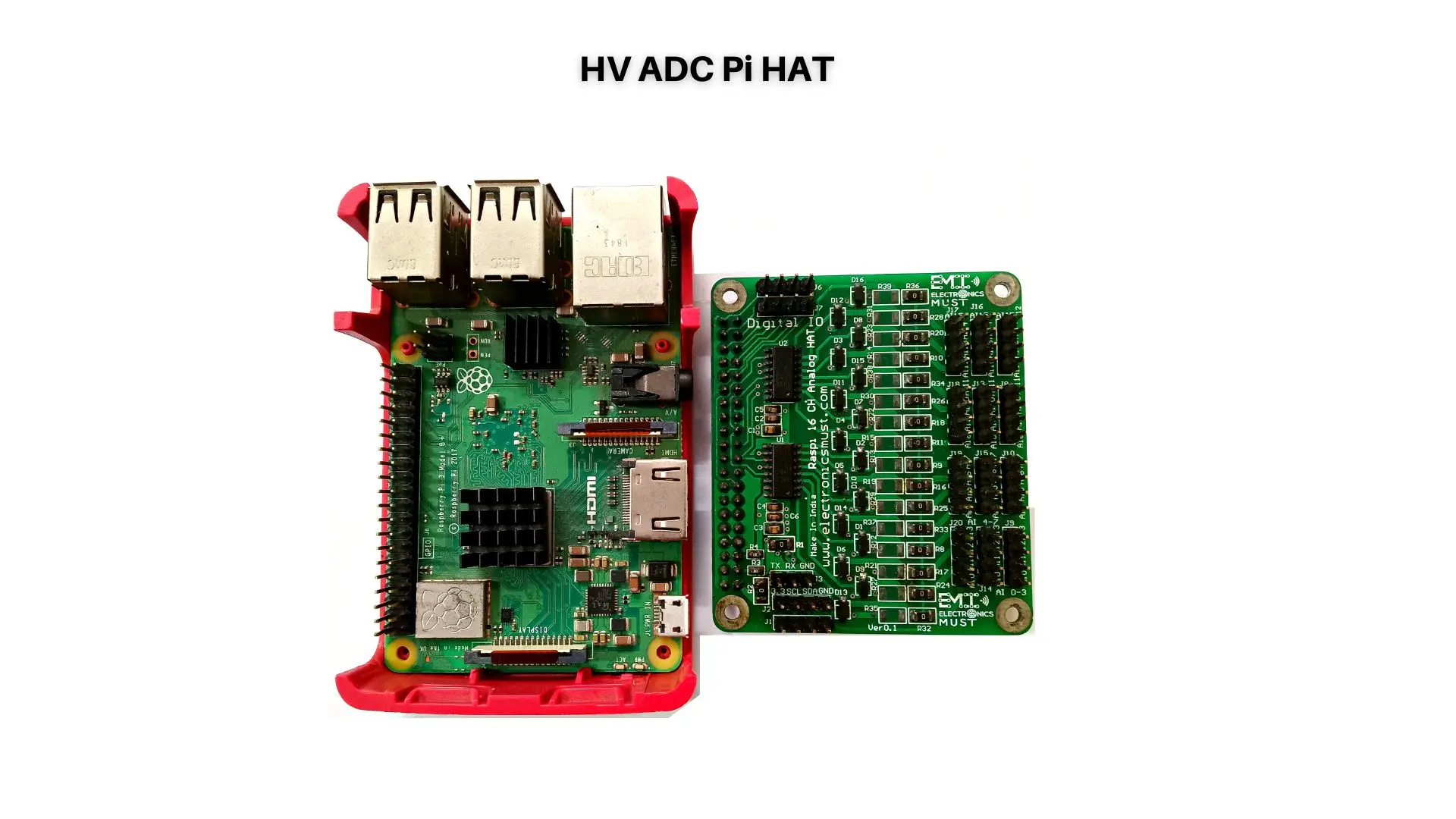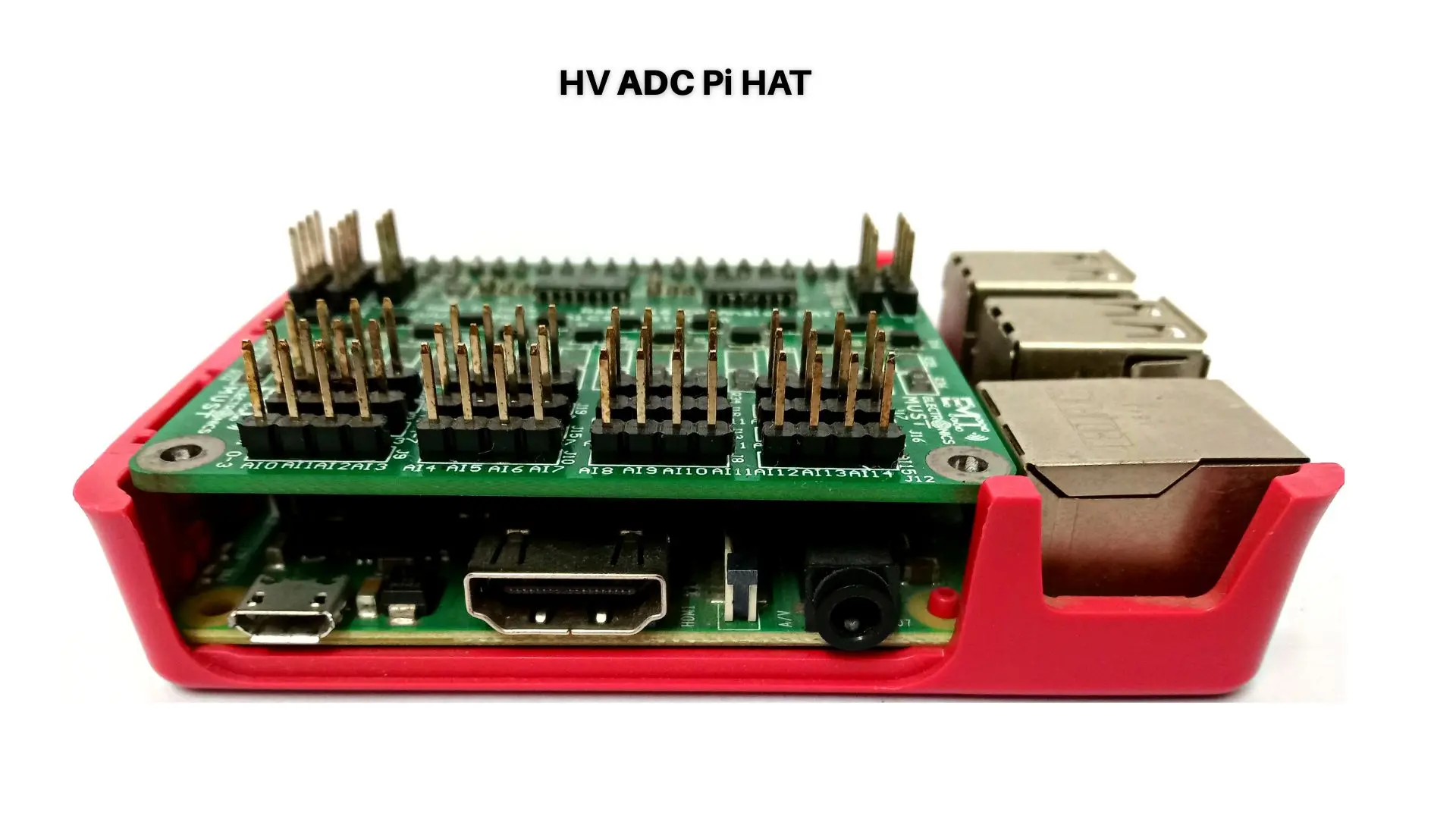Introduction:
Power semiconductor devices are the building blocks of power electronics systems. They play a critical role in the efficient conversion, control, and management of electrical power. Over the years, significant advancements have been made in power semiconductor technology, leading to improved efficiency, higher power density, and enhanced performance of power electronic systems. In this blog, we will explore the advancements in power semiconductor devices, their benefits, and other factors that contribute to their importance in achieving efficient power conversion and control.
Benefits of Advancements in Power Semiconductor Devices:
1. Higher Efficiency: One of the key benefits of advancements in power semiconductor devices is the improved efficiency of power electronic systems. Newer devices have lower conduction and switching losses, enabling more efficient power conversion. Reduced losses result in higher overall system efficiency, leading to lower energy consumption, reduced operating costs, and a greener approach to power utilization. This is particularly important in applications where energy efficiency is crucial, such as renewable energy systems, electric vehicles, and industrial automation.
2. Increased Power Density: Advancements in power semiconductor devices have enabled higher power density in power electronic systems. Power density refers to the amount of power that can be handled within a given volume or space. Higher power density allows for more compact and lightweight power electronic systems, making them suitable for applications with limited space requirements. The increased power density not only saves physical space but also improves system integration and reduces overall system costs.
3. Improved Switching Speed: Modern power semiconductor devices exhibit improved switching characteristics, such as faster turn-on and turn-off times. This faster switching speed allows for higher operating frequencies, leading to reduced component sizes, improved system response times, and increased power throughput. Faster switching also reduces power losses during the switching transitions, enhancing overall system efficiency. The improved switching speed enables the design of power electronic systems with faster dynamic response and improved control capabilities.
4. Higher Voltage and Current Ratings: Advancements in power semiconductor technology have led to devices with higher voltage and current ratings. Higher voltage ratings allow for the handling of high-power applications, such as grid-connected systems and high-voltage motor drives. Similarly, higher current ratings enable the efficient control of large electric motors, industrial machinery, and high-power distribution systems. These advancements in voltage and current ratings provide greater flexibility and expand the range of applications where power electronic systems can be deployed.
5. Wide-Bandgap Semiconductor Materials: One significant advancement in power semiconductor devices is the adoption of wide-bandgap semiconductor materials, such as silicon carbide (SiC) and gallium nitride (GaN). These materials offer superior properties compared to traditional silicon-based devices. Wide-bandgap devices exhibit higher breakdown voltages, lower conduction losses, and higher thermal conductivity. This enables power electronic systems to operate at higher voltages and temperatures, resulting in improved efficiency, reduced cooling requirements, and higher power handling capabilities.
Other Factors in Advancements of Power Semiconductor Devices:
1. Packaging and Thermal Management: Advancements in power semiconductor devices are closely linked to advancements in packaging and thermal management techniques. The packaging of power semiconductor devices plays a crucial role in ensuring proper heat dissipation, electrical isolation, and mechanical support. Innovative packaging technologies, such as direct bonded copper (DBC) substrates and advanced heat sinks, improve thermal performance and enable efficient cooling. Effective thermal management ensures reliable operation, extends the lifespan of power semiconductor devices, and contributes to the overall efficiency of power electronic systems.
2. Gate Driver Technology: The advancements in power semiconductor devices are complemented by improvements in gate driver technology. Gate drivers control the turn-on and turn-off of power semiconductor devices by supplying appropriate voltage and current signals. Advanced gate driver technology provides precise control over the switching characteristics of power semiconductor devices, enabling optimal performance and protection. Enhanced gate driver features, such as active miller clamping, dead-time control, and fault protection mechanisms, improve system robustness, reduce switching losses, and enhance overall system efficiency.
3. Intelligent Power Modules (IPMs): Intelligent power modules (IPMs) integrate power semiconductor devices, gate drivers, and protection circuitry into a single package. IPMs simplify system design, reduce the complexity of circuit layout, and enhance system reliability. These modules incorporate advanced features such as short circuit protection, overtemperature protection, and under-voltage lockout, ensuring safe and efficient operation of power electronic systems. The integration of multiple components within an IPM saves space, reduces component count, and enhances system performance.
4. Reliability and Robustness: Advancements in power semiconductor devices focus not only on improving performance but also on enhancing reliability and robustness. Power electronic systems operate under demanding conditions, including high temperatures, voltage stresses, and electrical noise. Power semiconductor devices with improved reliability features, such as higher voltage blocking capabilities, improved short circuit withstand capabilities, and enhanced gate oxide reliability, ensure stable and long-lasting operation. The increased robustness of power semiconductor devices contributes to system longevity, reduced maintenance costs, and improved overall system performance.
5. Emerging Technologies: The field of power semiconductor devices continues to evolve, with ongoing research and development into emerging technologies. For instance, emerging concepts such as wide-bandgap heterojunction devices, resonant devices, and novel material-based devices hold promise for further advancements in power electronic systems. These technologies offer the potential for even higher efficiency, faster switching speeds, and increased power density. Continued research and innovation in power semiconductor devices will drive the future of power electronics and enable the development of more efficient and sustainable electrical systems.
Conclusion:
Advancements in power semiconductor devices have revolutionized the field of power electronics. These advancements, including higher efficiency, increased power density, improved switching speed, higher voltage and current ratings, and the adoption of wide-bandgap semiconductor materials, have paved the way for more efficient and high-performance power electronic systems. Integrated packaging, advanced gate driver technology, intelligent power modules, and reliability enhancements have further contributed to the overall advancements in power semiconductor devices. Continued research and development in this field will lead to further improvements, enabling the design of more energy-efficient, compact, and reliable power electronic systems across various industries.





